Woodview Commons
- 194 units available
- 1 bed • 2 bed • 3 bed
- Amenities
In unit laundry, Granite counters, Pet friendly, 24hr maintenance, Garage, Stainless steel + more

Michigan’s largest cities range from Detroit, with its historic industrial economy, to Ann Arbor, with its academic and cultural activity. Each city in Michigan brings something different to the table: Detroit with its revitalized downtown, Ann Arbor with its university-driven rental market, and Grand Rapids with its mix of affordability and growing job scene.
This guide outlines the state’s major population centers with updated 2025 data on rent, income, commuting, cost of living, and livability. Each section highlights unique features, who the city is best suited for, and who may want to look elsewhere.
Note: All rental data is sourced from Apartment List (September 2025 estimates). Walk, bike, and transit scores are provided by Walk Score. Cost-of-living figures are based on Sterling’s BestPlaces index, benchmarked against the U.S. overall cost-of-living score of 100. Median household income and population figures come from the U.S. Census Bureau.
| City | Population | Average One-Bedroom Rent | Average Two-Bedroom Rent | Median Income | Cost of Living Index | Walk / Transit / Bike Score |
|---|---|---|---|---|---|---|
| Detroit | 639,111 | $1,578 | $1,952 | $39,209 | 91.8 | 51 / 36 / 52 |
| Grand Rapids | 198,917 | $1,552 | $1,941 | $70,515 | 94.5 | 56 / 37 / 52 |
| Warren | 139,387 | $1,072 | $1,331 | $56,281 | 97.9 | 44 / N/A / 44 |
| Sterling Heights | 134,346 | $1,245 | $1,601 | $81,102 | 97.9 | 33 / N/A / 37 |
| Ann Arbor | 123,851 | $1,692 | $2,108 | $80,603 | 105.5 | 52 / 49 / 71 |
| Lansing | 112,644 | $1,100 | $1,208 | $55,366 | 83.6 | 46 / 34 / 55 |
| Dearborn | 109,976 | $1,359 | $1,986 | $59,786 | 91.8 | 58 / N/A / 47 |
| Clinton Twp. | 100,513 | $987 | $1,164 | $71,658 | 97.9 | 0 / N/A / 24 |
| Canton Twp. | 98,659 | $1,142 | $1,953 | $111,246 | 91.8 | 51 / N/A / 69 |
| Livonia | 95,535 | $1,330 | $1,580 | $98,834 | 91.8 | 36 / N/A / 45 |
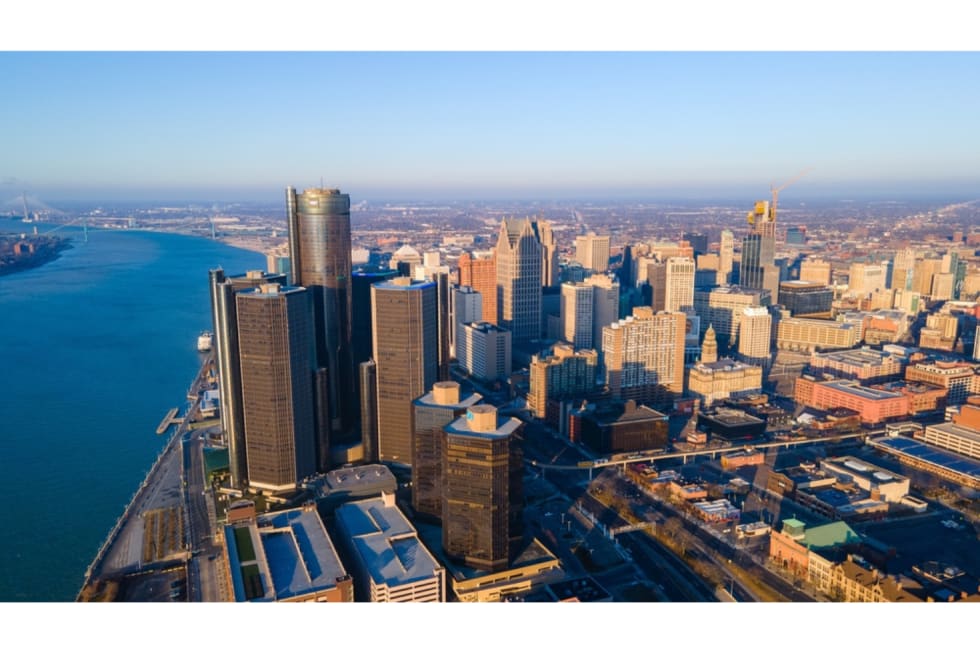
Detroit remains Michigan’s largest city with nearly 650,000 residents. Its economy is closely tied to automotive manufacturing, but new business investment and development have added jobs in healthcare, finance, and technology.
The city’s housing market is more affordable than national averages, though household income levels remain below the U.S. median. Detroit offers cultural institutions, from the Detroit Institute of Arts to the historic Motown Museum, professional sports teams, and access to one of the country’s busiest airports.

Grand Rapids, Michigan’s second-largest city, has about 200,000 residents. Its economy is supported by healthcare, manufacturing, and growing tech employers. The city’s downtown is home to the Grand Rapids Art Museum, DeVos Place convention center, and a strong food scene.
Grand Rapids is also nationally recognized for its breweries, giving it a reputation as one of the top beer cities in the U.S. Housing costs are higher than in Lansing or Warren, but lower than in Ann Arbor. With expanding job opportunities, steady population growth, and easy access to Lake Michigan beaches, Grand Rapids is a balanced option for renters and families.

With nearly 140,000 residents, Warren is Michigan’s third-largest city and a major suburb of Detroit. Its economy is dominated by the automotive sector, with the General Motors Technical Center and related suppliers providing thousands of jobs. Warren also has a significant defense industry presence.
The housing market in Warren is affordable, with some of the lowest average rents among large Michigan cities. Parks, schools, and family-friendly neighborhoods add to its appeal, though walkability and transit options are limited. For renters who want to be close to Detroit while paying less for housing, Warren provides practical suburban living with stable employment opportunities.

Sterling Heights, with about 134,000 residents, is one of the fastest-growing suburbs in metro Detroit. Known for its residential neighborhoods and community events, the city also plays a major role in automotive and defense manufacturing.
Housing remains more affordable than in Ann Arbor or Grand Rapids, making it appealing to middle-income households. Dodge Park serves as a recreational centerpiece, with trails and seasonal festivals. Sterling Heights schools and infrastructure are well rated for a city of its size.
Renters looking for safe neighborhoods and a steady job market often consider Sterling Heights, though entertainment and transit options are limited compared to urban cores.
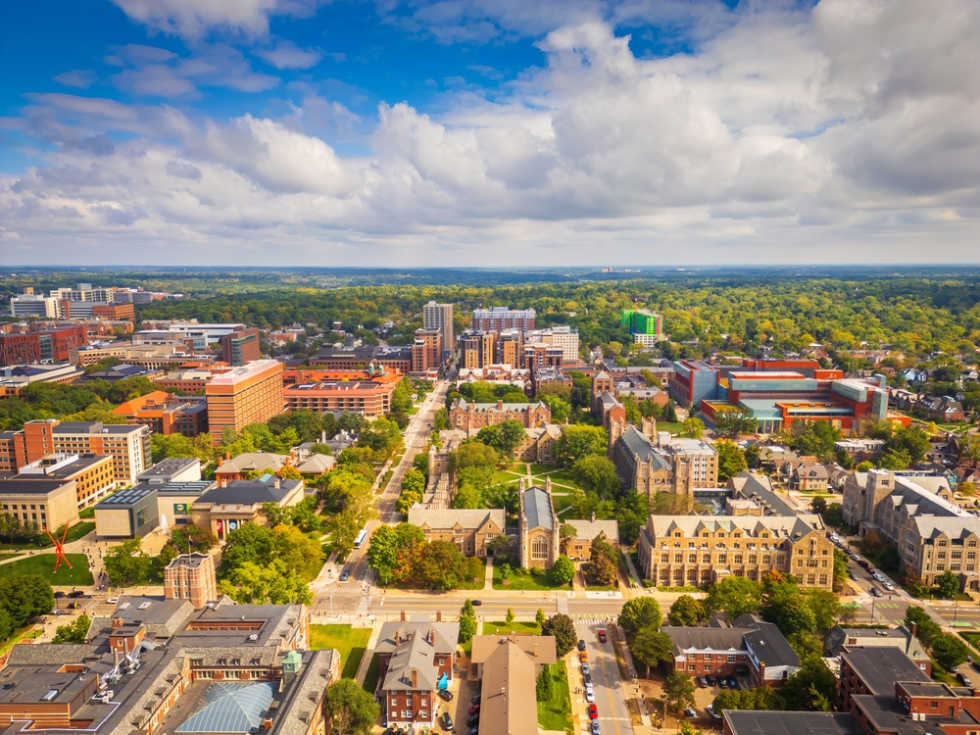
Ann Arbor has nearly 124,000 residents and is widely known for its university-driven economy. The University of Michigan is the city’s largest employer, bringing opportunities in education, healthcare, and research. The downtown area is filled with bookstores, restaurants, and music venues.
Rent is higher here than in most Michigan cities, reflecting strong demand from students and professionals. Outdoor access is strong, with parks and trails surrounding the Huron River. Ann Arbor appeals to renters who want academic energy and walkability, though affordability remains a challenge. The city’s focus on education and technology continues to make it a high-demand rental market.
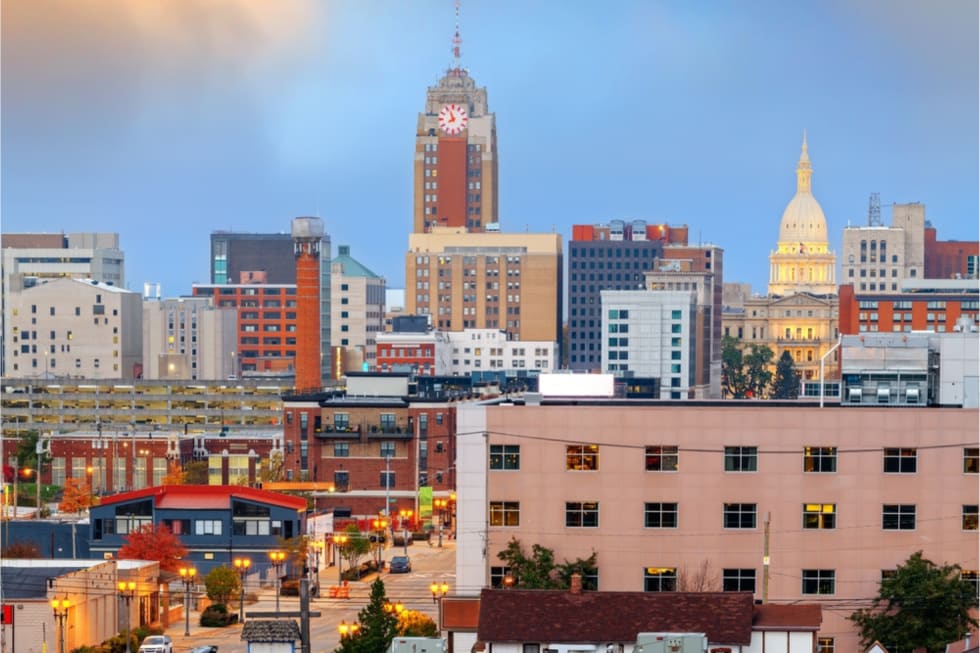
Lansing, Michigan’s capital, has about 113,000 residents and an economy led by government, education, and healthcare. Michigan State University, just east in East Lansing, is a major driver of jobs and research. Rent prices are among the lowest for Michigan’s larger cities, which appeals to students and government employees.
The downtown area has seen new development with restaurants and housing, while cultural attractions include the Michigan History Museum and the R.E. Olds Transportation Museum. Lansing is practical and affordable for renters, but it may feel somewhat limited in terms of cultural variety compared to Ann Arbor or Detroit.

Dearborn, home to nearly 110,000 residents, has a deep connection to the auto industry through Ford Motor Company. It also has one of the largest Arab-American communities in the U.S., shaping local culture, restaurants, and festivals. Dearborn’s economy benefits from both its industrial base and its location near Detroit. Rent is moderate compared to Ann Arbor, but higher than in Warren or Lansing.
The city is well suited for families thanks to good schools and parks. While Dearborn is rich in culture and economic opportunity, renters looking for the very lowest costs may find more affordable options in nearby suburbs.
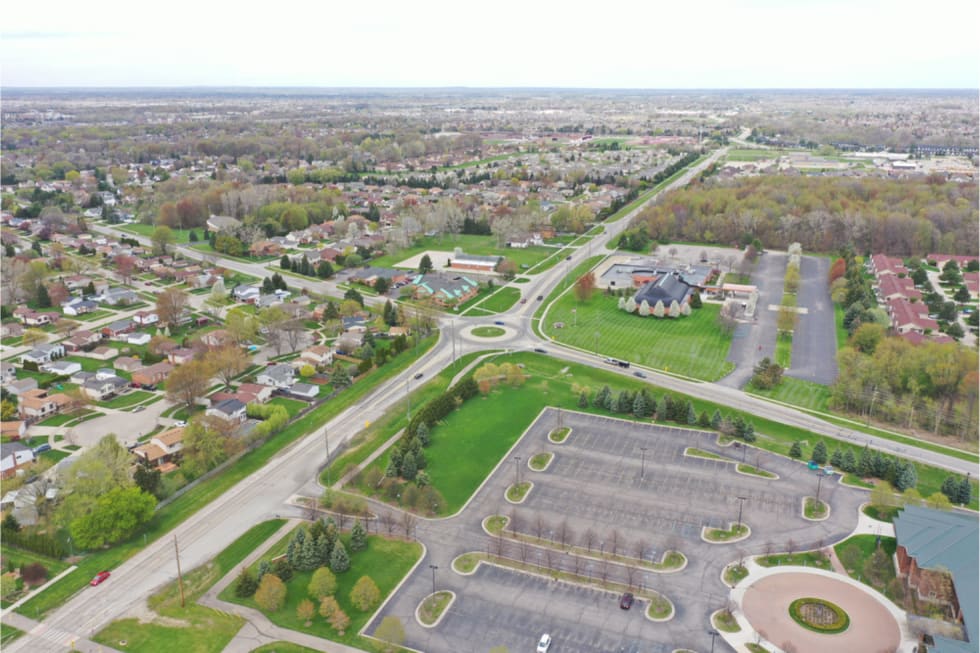
Clinton Charter Township has about 100,000 residents and is the largest township in Michigan. Known for its residential neighborhoods, the area provides affordable housing relative to nearby Ann Arbor or Detroit suburbs.
Shopping centers, including the Mall at Partridge Creek, anchor the township’s retail activity. Outdoor space is also important, with the Macomb Orchard Trail offering miles of biking and walking. Schools and healthcare access are adequate for families. While Clinton Township delivers suburban comfort at lower costs, renters seeking walkable downtowns or strong transit links may not find the area as appealing as Ann Arbor or Royal Oak.
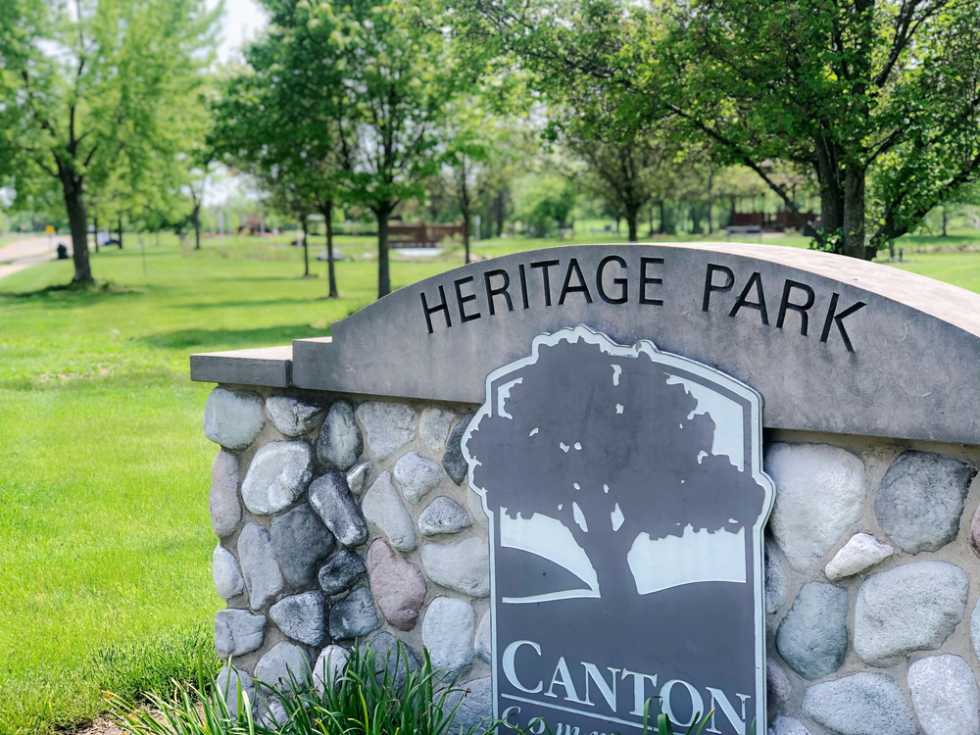
With close to 99,000 residents, Canton Charter Township is one of Michigan’s fastest-growing suburbs. Located between Detroit and Ann Arbor, it provides quick access to both job markets. The township is recognized for its well-planned residential areas, good schools, and parks such as Heritage Park.
Rental prices are moderate—more affordable than Ann Arbor, but higher than Lansing or Warren. Canton continues to attract professionals and families due to its location and expanding commercial base. While well-suited for long-term renters, it may not appeal to those who prefer walkability or nightlife, since most amenities require driving.

Livonia has about 95,500 residents and is located in Wayne County. It is known for its strong schools, safe neighborhoods, and community programs. The economy is supported by healthcare, retail, and light manufacturing, along with easy access to Detroit through major highways. Rent is more affordable than in Ann Arbor but higher than in Warren.
Livonia’s parks and recreation programs, including the Kirksey Recreation Center, are a draw for families. The city maintains an active community calendar, with local arts and festivals. Livonia is a steady option for renters who prioritize suburban living, although it offers fewer cultural attractions than larger cities.
Apartment List is here to help make your home search easier. With a user-friendly platform and personalized recommendations, finding the right apartment or house in Michigan has never been more straightforward.
Start your journey today by taking the Apartment List quiz to discover the many opportunities waiting for you in the Great Lakes State. With us, you’ll spend five minutes and save 50 hours searching.
There is no single “best” city in Michigan, as the choice depends on lifestyle and budget preferences. Detroit is the largest city, boasting a diverse range of cultural attractions and a strong presence in industries such as automotive and technology. Ann Arbor is renowned for its education and healthcare, with the University of Michigan as its anchor. Livonia and Canton Charter Township are often preferred by families for their schools, parks, and suburban housing options.
Safety rankings vary by dataset, but several communities are consistently noted for low crime. Novi (crime grade of B) and Troy (crime grade of C+) are Detroit-area suburbs often reported as relatively safe, compared to the D+ average Detroit crime grade.
Smaller cities and rural areas generally have the lowest housing costs. Flint, Battle Creek, and Muskegon are frequently identified as affordable cities in Michigan, with lower median home prices and rents compared to Ann Arbor or Detroit. These locations also tend to have lower overall living expenses, such as groceries and transportation.
The cost of living in Michigan varies by city. In more expensive areas such as Ann Arbor, a single renter without children needs $45,546 or more to cover the most basic housing and expenses. In cities like Flint, $39,250 may be a sufficient amount.
Detroit is the largest city in Michigan, with a population of over 639,000 residents. It is also the cultural and economic center of the state, offering a wide range of rental options.
Canton, Livonia, and Sterling Heights are frequently chosen by families due to their schools, parks, and suburban housing options.


In unit laundry, Granite counters, Pet friendly, 24hr maintenance, Garage, Stainless steel + more
In unit laundry, Patio / balcony, Dishwasher, Pet friendly, Parking, Gym + more